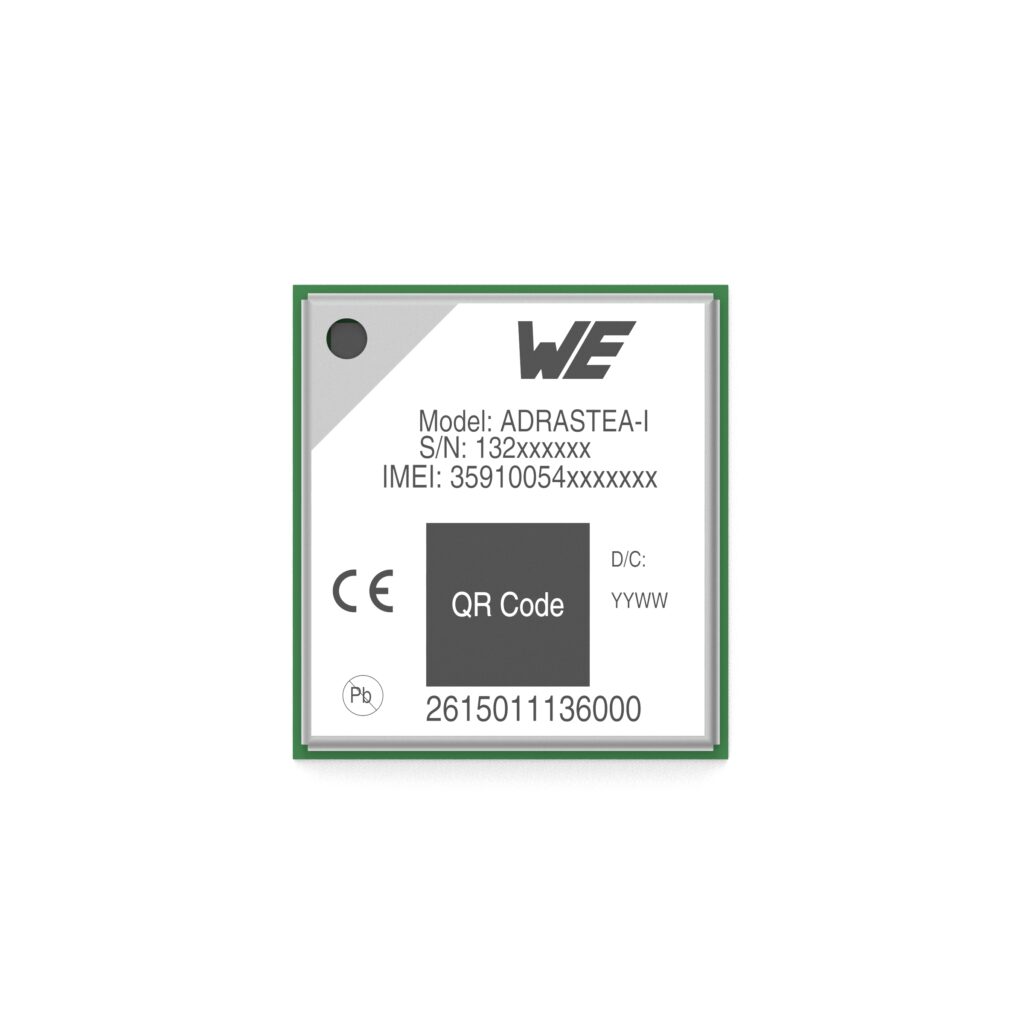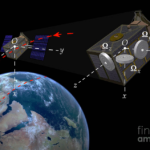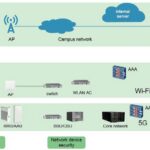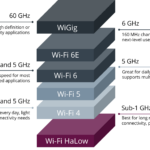 Würth Elektronik announces the Adrastea-I, its high performance, ultra-low power consumption, multi-band LTE-M and NB-IoT module. This cellular module, measuring only 13.4 × 14.6 × 1.85 mm, comes with integrated GNSS, integrated ARM Cortex M4 and 1MB Flash reserved for user application development. The module is based on the high-performance Sony Altair ALT1250 chipset. Certified by Deutsche Telekom, the Adrastea-I module enables a quick integration to end-products without additional labels, industry-specific certifications (GCF), and operator approvals needed, whenever Deutsche Telekom IoT connectivity (SIM card) is used. The Adrastea-I module is ideal for industrial IoT, smart agriculture, smart logistics, and smart metering applications.
Würth Elektronik announces the Adrastea-I, its high performance, ultra-low power consumption, multi-band LTE-M and NB-IoT module. This cellular module, measuring only 13.4 × 14.6 × 1.85 mm, comes with integrated GNSS, integrated ARM Cortex M4 and 1MB Flash reserved for user application development. The module is based on the high-performance Sony Altair ALT1250 chipset. Certified by Deutsche Telekom, the Adrastea-I module enables a quick integration to end-products without additional labels, industry-specific certifications (GCF), and operator approvals needed, whenever Deutsche Telekom IoT connectivity (SIM card) is used. The Adrastea-I module is ideal for industrial IoT, smart agriculture, smart logistics, and smart metering applications.
The Adrastea-I module has multi-band support and can be operated through one of two (LTE-M and NB-IoT) cellular communication technologies. This enables the support for international, multi-regional coverage. For example, wherever LTE-M does not have coverage, the Adrastea-I can be configured to use NB-IoT instead, and vice versa. The module is 3GPP Release-13 compliant, and upgradable to Release-14. The adrastea-I module is optimized for ultra-low power consumption, compact size, and enhanced coverage. Its small dimensions make it a perfect fit for size-constrained applications such as wearables.
The Adrastea-I module has integrated GNSS, supporting both GPS and GLONASS satellite systems. Integrated GNSS makes it suitable for asset tracking applications where infrequent position updates are required.
The Adrastea-I module’s integrated ARM Context M4 MCU, 1MB Flash, and 256 KB RAM are available exclusively for customer application development. Sony Altair provides a software development kit (SDK), sample code examples, documentation, and tools to accelerate innovation and product development on the integrated ARM Cortex M4 MCU.






Leave a Reply